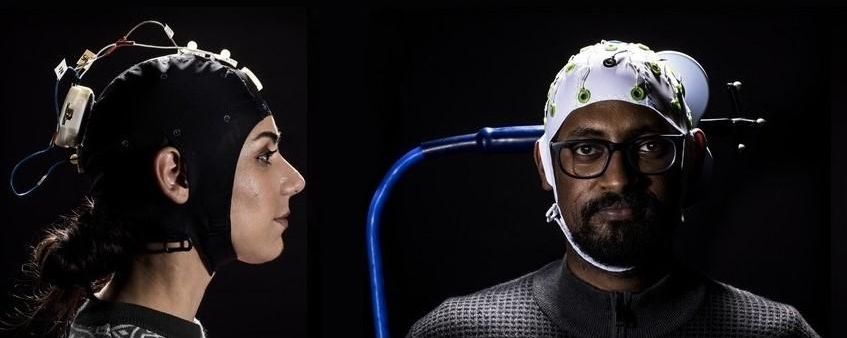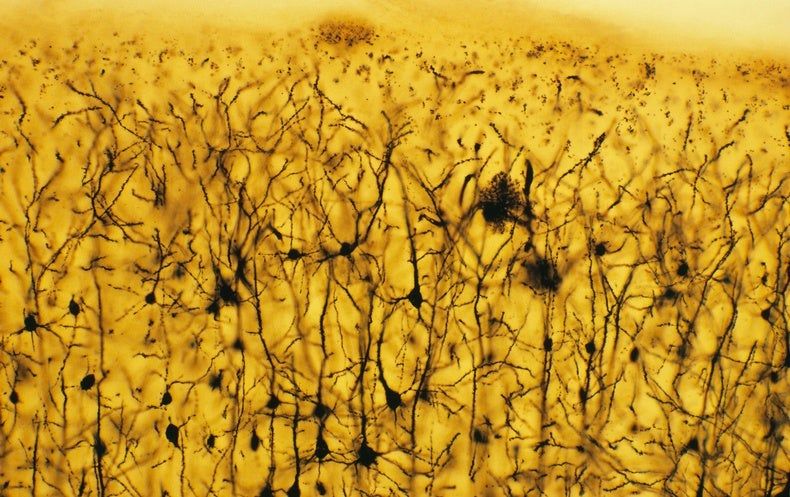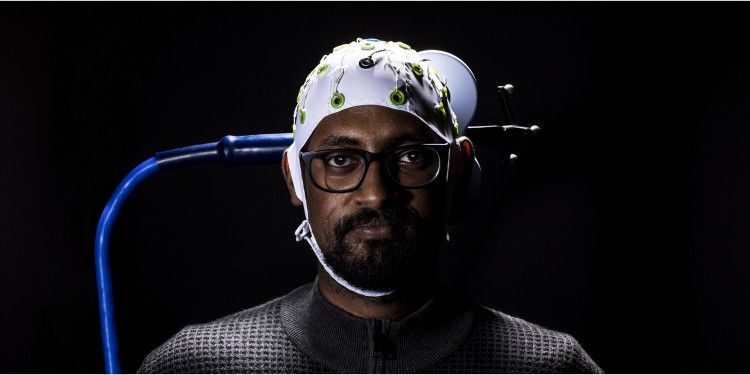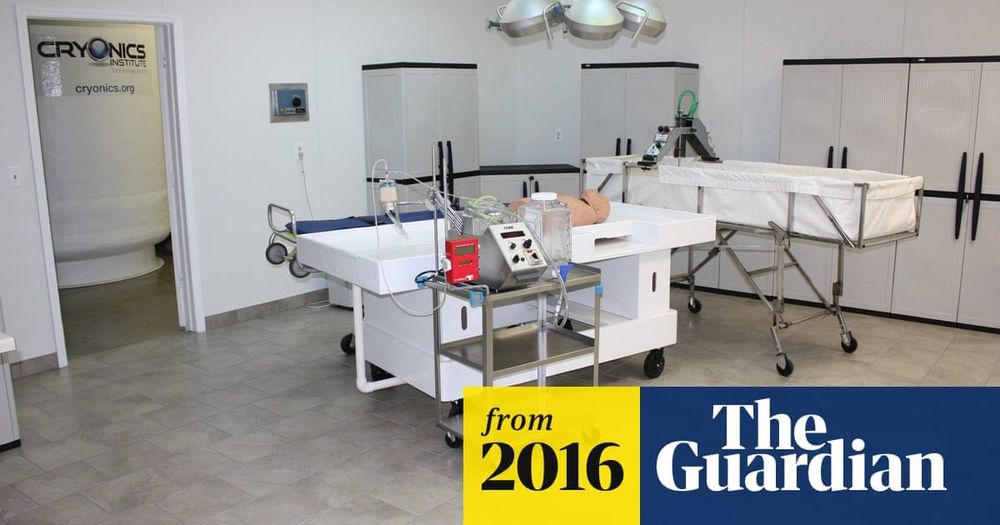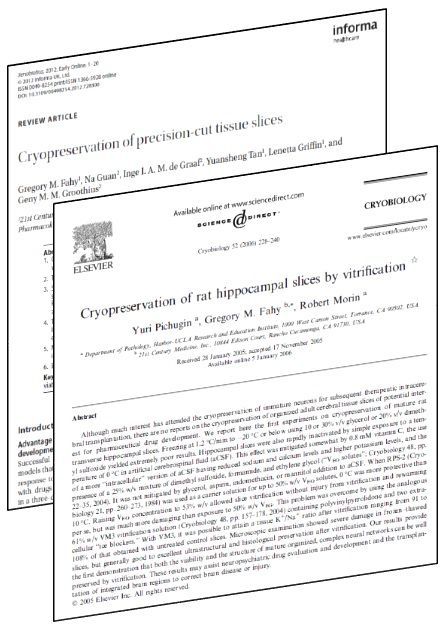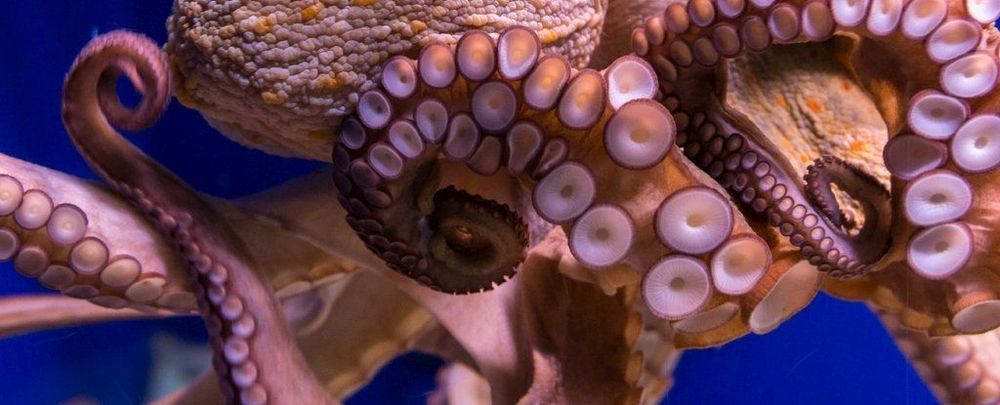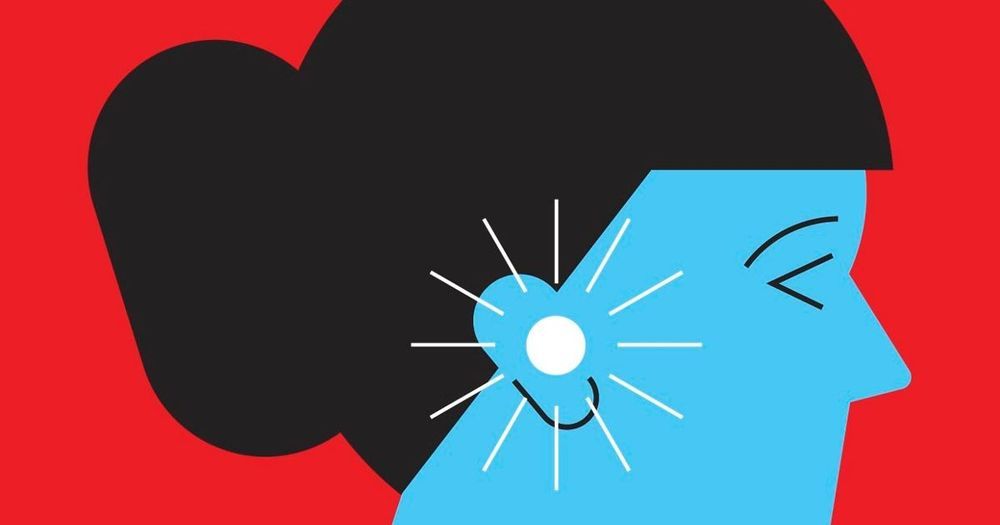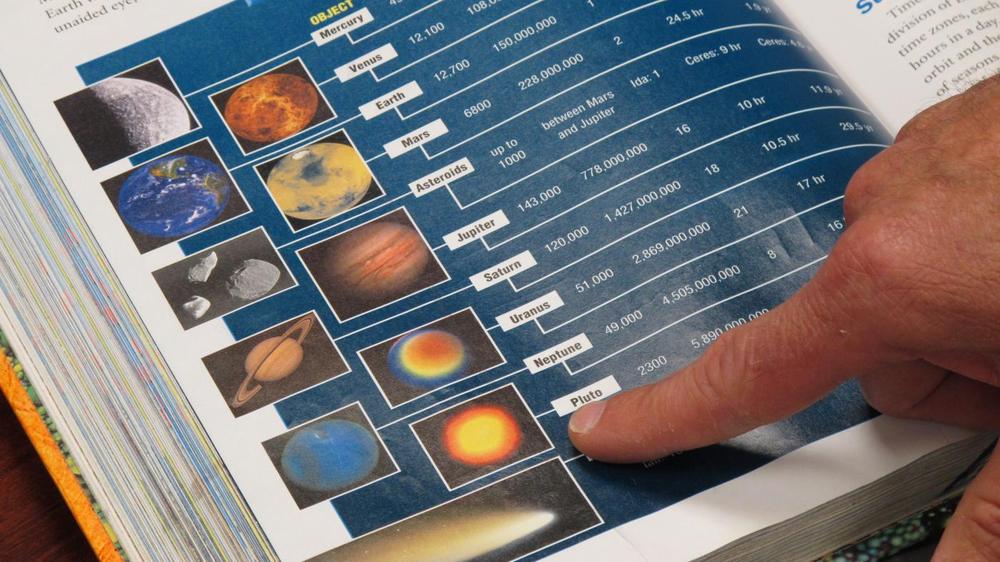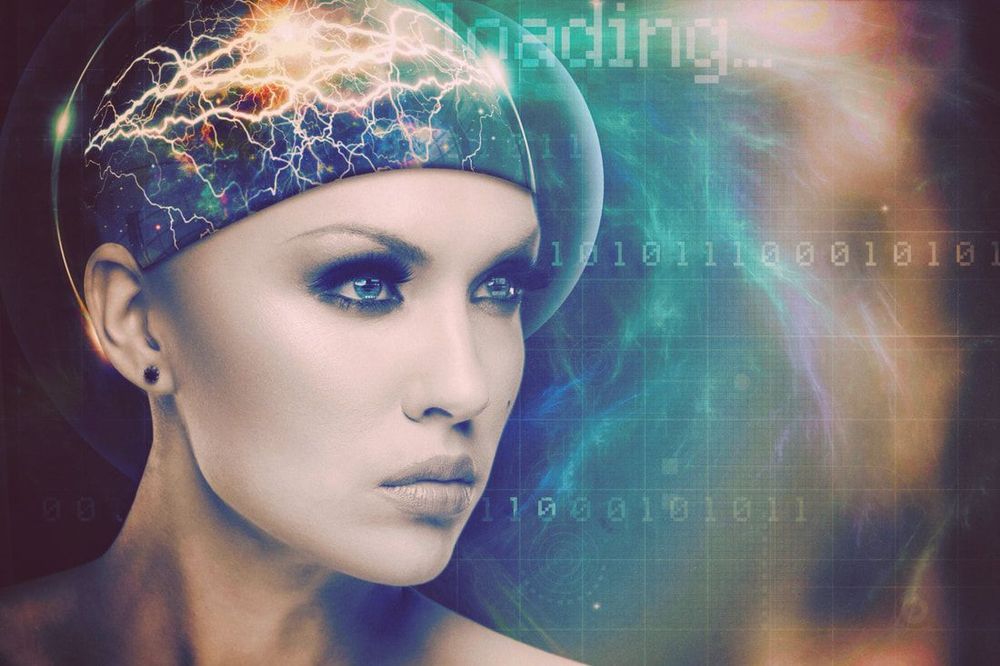
The most probable mainstream non-invasive way to transfer human consciousness in the intermediate future, with initial stages in the 2030s, could be the convergence of optogenetics, nanotechnologies, neuroengineering, Cloud exocortex and an array of neurotechnologies allowing to connect our wetware directly to the Cloud.
Initially, each of us will have a personal exocortex in the Cloud, the third non-biological “de-cerebral” hemisphere, which will be in constant communication with the other two biological brain hemispheres.
At some point, this “third hemisphere,” will have a threshold information content and intimate knowledge of your biology, personality and other physical world attributes in order to seamlessly integrate with your persona as a holistic entity.
